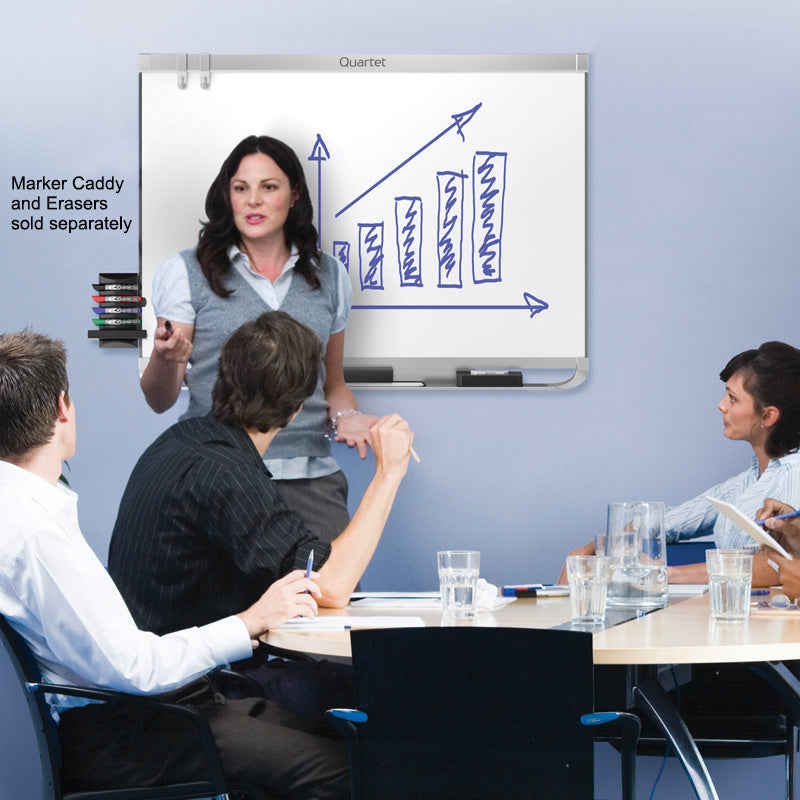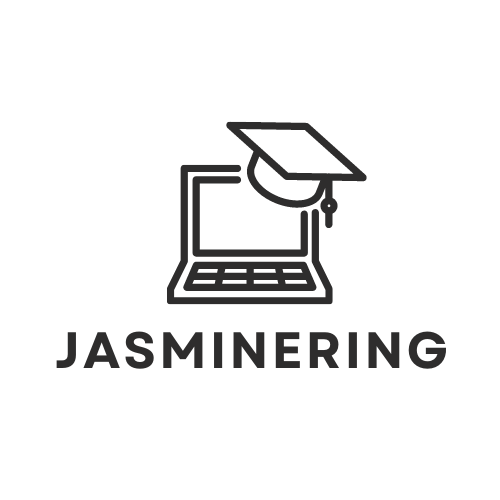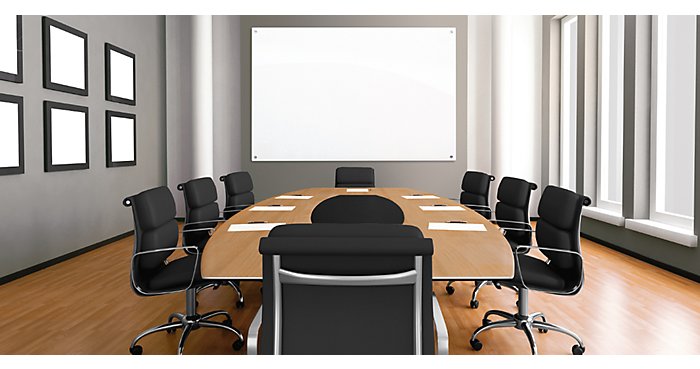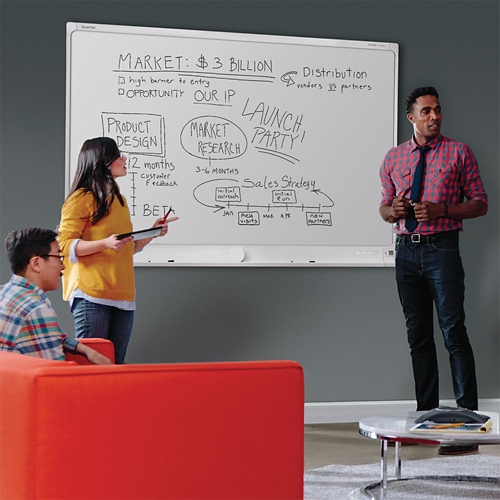Uncategorized
Essential Office Supplies: Incorporating Whiteboards and Bulletin Boards
Essential Office Supplies: Incorporating Whiteboards and Bulletin Boards
Whiteboards and bulletin boards are indispensable tools in any office environment, offering unique benefits that enhance communication, organization, and productivity. Whether used for brainstorming sessions, project planning, or sharing important information, these versatile boards play a crucial role in facilitating collaboration and keeping teams informed. This article explores the advantages of incorporating whiteboards and bulletin boards into your office setup, the different types and features available, and best practices for maximizing their utility.
Importance and Benefits
Whiteboards and bulletin boards serve distinct purposes but share common benefits that contribute to a well-functioning office environment:
- Facilitate Communication: Both whiteboards and bulletin boards provide a visible platform for sharing ideas, announcements, schedules, and other essential information with team members. They serve as focal points for discussions and help keep everyone on the same page.
- Enhance Collaboration: These boards encourage collaboration by allowing team members to brainstorm together, visualize concepts, and contribute ideas in real time. They promote interactive discussions and creative problem-solving, fostering a collaborative work culture.
- Organize Information: Whiteboards and bulletin boards help organize and prioritize information. Whether used for task lists, project timelines, or company updates, these boards provide a centralized space where information can be displayed, updated, and referenced easily.
- Boost Productivity: By providing a clear and visible workspace for planning and communication, whiteboards and bulletin boards streamline workflows and improve task management. They reduce the need for lengthy meetings and email exchanges by making information readily accessible.
- Customizable and Flexible: Both types of boards offer flexibility in how information is presented and organized. They can be customized with magnets, sticky notes, markers, and other accessories to suit specific needs and preferences.

Types of Boards
- Whiteboards:Whiteboards, also known as dry-erase boards, are characterized by their smooth, glossy surface that allows markers to write and erase easily. They come in various sizes, from small personal boards to large wall-mounted panels suitable for team collaboration.
- Surface Types: Choose from traditional melamine surfaces, which are budget-friendly and suitable for light to moderate use, or porcelain surfaces that offer durability and resistance to stains and ghosting.
- Frame Materials: Frames can be made of aluminum, wood, or plastic. Aluminum frames are lightweight and durable, while wooden frames add a more classic aesthetic. Plastic frames are cost-effective and come in various colors.
- Mounting Options: Whiteboards can be wall-mounted, mobile (on wheels), or tabletop. Wall-mounted boards save space and are ideal for permanent installations, while mobile boards offer flexibility for moving between rooms or offices.
- Interactive Whiteboards: Advanced models include interactive whiteboards that integrate with computer systems, allowing users to display and interact with digital content during presentations or meetings.
- Bulletin Boards:Bulletin boards feature a cork, fabric, or foam surface designed for pinning or tacking documents, notes, and announcements. They provide a tactile and visually appealing way to display information in offices, classrooms, and public spaces.
- Surface Materials: Cork boards are traditional and budget-friendly, providing a natural and self-healing surface for pins and tacks. Fabric-covered boards offer a decorative touch and come in various colors and patterns. Foam boards are lightweight and suitable for temporary displays.
- Frame Styles: Similar to whiteboards, bulletin boards come with frames made of aluminum, wood, or plastic. The frame enhances durability and provides a finished look that complements office decor.
- Usage: Bulletin boards are versatile and can be used for posting announcements, memos, calendars, schedules, photos, and employee recognition items. They serve as a visual communication tool that keeps employees informed and engaged.
Best Practices for Use
To maximize the effectiveness of whiteboards and bulletin boards in your office, consider the following best practices:
- Strategic Placement: Position boards in central locations where they are easily accessible and visible to all team members. This encourages frequent use and interaction.
- Labeling and Organization: Use labels, headers, or color-coding to organize information on boards. Clearly indicate sections for different projects, teams, or types of content to improve clarity and navigation.
- Regular Updates: Keep boards updated with current information to ensure relevance and accuracy. Schedule regular maintenance to remove outdated content and refresh boards as needed.
- Utilize Accessories: Take advantage of board accessories such as markers, erasers, magnets, push pins, and sticky notes to enhance functionality and customization.
- Encourage Participation: Encourage team members to contribute ideas, updates, and feedback on boards. Foster a collaborative environment where everyone feels comfortable using boards for communication and brainstorming.
- Combine Digital and Analog Tools: Integrate digital tools and apps with whiteboards to enhance interactivity and productivity during presentations or brainstorming sessions.

Sustainability Considerations
Incorporating sustainable practices into board usage can further enhance their value:
- Use Recycled Materials: Choose boards made from recycled content or materials that are recyclable at the end of their lifecycle.
- Minimize Disposable Items: Opt for reusable markers, erasers, and accessories to reduce waste generation.
- Promote Digital Alternatives: Encourage digital collaboration tools and document sharing to minimize paper usage and promote sustainability.
Conclusion
Whiteboards and bulletin boards are essential office supplies that promote communication, organization, and productivity in any workplace. Whether used for brainstorming ideas, sharing updates, or displaying important information, these boards play a vital role in facilitating collaboration and keeping teams informed and engaged. By choosing the right type of board, strategically placing it within your office space, and adopting best practices for use, you can harness the full potential of whiteboards and bulletin boards to enhance efficiency and creativity in your workplace. Embrace these versatile tools to create a collaborative environment where ideas flow freely and information is readily accessible, driving success and innovation in your organization.
Follow jasminering.net


